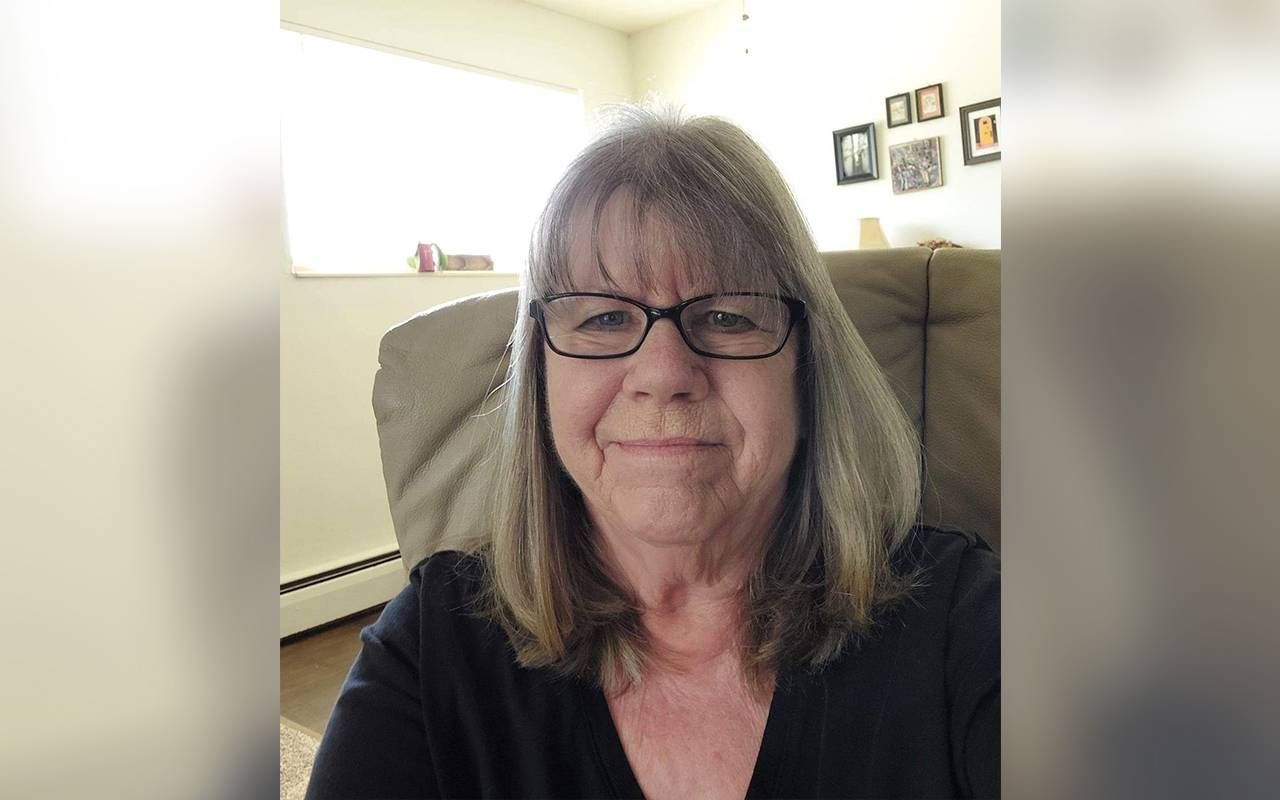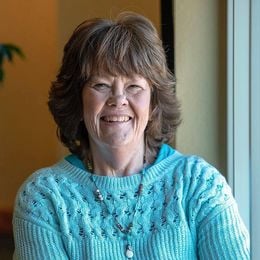Trapped in the Affordable Housing Gap
Middle income older adults often have just a little bit too much income to qualify for public housing but not nearly enough to pay market-rate rents
Deb Morgan, 74, made the decision in 2021 to sell her home in Aiken, South Carolina, and move closer to her son in Cincinnati. While the booming real estate market helped her get more for her Aiken home than she imagined, the market also worked against her when finding a new place to live.

"There just doesn't seem to be anything affordable for middle-income seniors."
Morgan didn't want to pay an inflated home price and she wasn't even sure she wanted to own another home. "I called two senior apartment complexes and they both had income requirements for the maximum amount I could make," Morgan says.
Morgan learned she earns $1,000 per year too much to qualify to live in what is considered low-income housing. She declined to disclose her exact income, saying only that it is less than $3,000 per month.
While she makes too much for low-income housing, "I don't make enough to live in a luxury senior living complex," she says. "There just doesn't seem to be anything affordable for middle-income seniors."
Low-Income Thresholds
There are some local and state low-income programs, but most are funded by the federal Department of Housing and Urban Development, with apartments allocated based on whether HUD considers an applicant to be low-income or very low income. Low income is no more than 80% of the median income for the city or county in which you live. Very low-income is no more than 50% of the local median income. The figures vary by location.
Jennifer Molinsky, project director of Housing an Aging Society Program at the Joint Center of Housing Studies at Harvard University in Cambridge, Massachusetts, says Morgan's situation is so commonly raised among those studying housing for older adults that they refer to it as being "trapped in the gap."
"There are very few options devoted to middle-income senior housing. This is true of market-rate independent housing as well as assisted living."
"There are very few options devoted to middle-income senior housing," adds Molinsky. "This is true of market rate independent housing as well as assisted living."
She says that as people age, they typically want to sell their homes, if they own, or otherwise downsize or move closer to family or city centers where there are more services. "They cannot afford the options, even if there is senior housing available, and when you throw accessibility into the mix, it becomes more complicated," Molinsky explains.
Anne Louise Feeny, 82, moved to Pittsburgh from New Jersey in 2003 partially in search of a lower cost of living. A retired teacher, Feeny visited a financial adviser and learned she would not be able to afford luxury senior housing — and with her income, which she says is less than $30,000 per year, she made $200 a month too much to qualify for low-income senior housing in her area.
She considered renting but didn't want to "throw away money on that." She put a 20% down payment on a small condominium, but she says Social Security hasn't kept up with the cost of living, which includes condominium fees and increases in Medicare and supplemental health insurance.
Feeny and her daughter have spent more than a year searching for a home to share, but she says when they find a house they can afford, there is a bidding war, which brings the price up. "I don't know what will happen next," Feeny says of her situation.
Lack of Market Incentives
Molinsky says the primary reason there are so few housing options for middle income older adults is the fact developers have little financial incentive to develop housing for that group. "With the high cost of construction, builders have a hard time making the numbers work," Molinsky says. "They may be required by municipalities to do a percentage of low-income in an area, but they have no incentive to build for middle-income seniors."
Development costs are a hindrance. CBRE, a leading commercial real estate and investment firm, says the cost of developing senior housing increased by 17.8% in 2020 to $317,400 per unit or $333 per square feet. Builders cite higher costs for labor and materials as the main reasons.
The National Association of Home Builders (NAHB) addressed in 2020 what it characterizes as the "missing middle" of middle-income older adults. It suggested that builders start meeting the demand for middle-income senior housing by:
- Finding reasonably priced land near public services and shopping
- Working with municipalities to speed the processes for obtaining all necessary permits and inspections for this type of housing
- Discovering ways to bring construction costs down
Demand May Double
The number of middle-income older adults seeking affordable housing is likely to increase. A joint study headed by NORC, an independent, nonpartisan research institution based at the University of Chicago, estimated the number of middle-income older adults will have nearly doubled between 2014 and 2029, from 7.9 million to 14.4 million.
Middle-income people also will comprise a larger share of the country's total population of older adults, rising from 40% in 2014 to 43% in 2029, the NORC study says.
Molinsky says there aren't many things being done nationally to ease housing costs on middle income older adults by government agencies, although she says there are a few local initiatives.
Lowering income requirements likely wouldn't help, she says, because there already is a shortage of housing for low-income older adults who already qualify. "Just because people qualify for low-income housing doesn't mean they can get it," she says.
Molinsky suggests other alternatives, such as finding like-minded roommates through a home-sharing service or building an accessory dwelling unit (ADU) on a family member's property.
Limits on Guest Houses
An ADU is an option Morgan says she investigated, but the communities in which her children own homes (she also has a daughter in the Seattle area) don't allow ADUs. Morgan ended up renting a market-rate apartment for which her income didn't meet the minimum requirement to rent. However, the complex allowed her to use her modest savings to qualify.
"Just because people qualify for low-income housing doesn't mean they can get it."
The building in which Morgan lives was constructed in the 1960s and has stairs, which may present a future mobility issue for her. It also lacks central air conditioning and heat, relying instead on costly window units and inefficient baseboard heating.
Morgan says she has everything she needs and is making ends meet but is still uncomfortable paying more than 30% of her income toward housing costs, the standard to which she has always adhered.
"The thing that surprises me the most is the fact I've had to watch how I spent money all my life," Morgan says, "and I'm still having to do that at this age."


